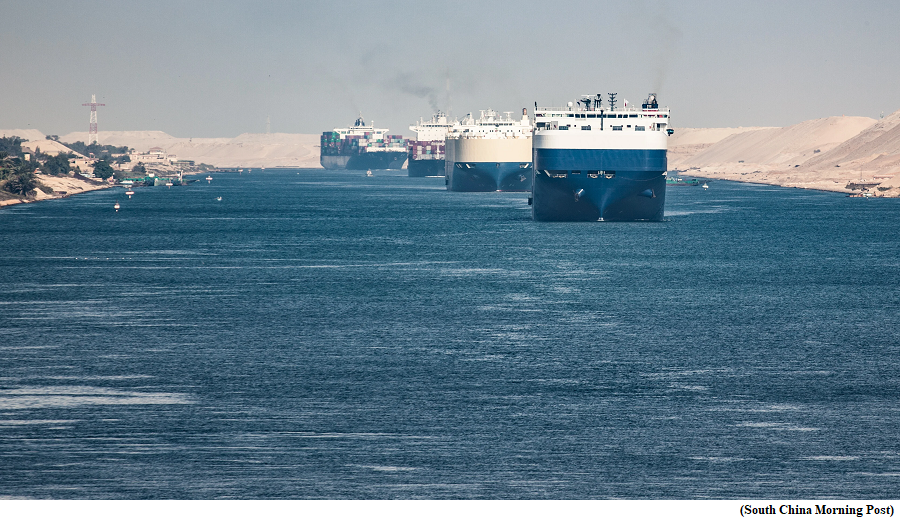Iraq unveils 17 bn dollor project linking Europe, West Asia (GS Paper 2, International Relation)

Why in news?
- Iraq recently presented an ambitious plan to turn itself into a regional transportation hub by developing its road and rail infrastructure, linking Europe with the Middle East.
- Prime Minister Mohamed Shia al-Sudani announced the project during a conference with Transport Ministry representatives from Iran, Jordan, Kuwait, Oman, Qatar, Saudi Arabia, Syria, Turkey and the UAE.
Key Highlights:
- Once completed, the $17-billion project known as the “Route of Development” would span the length of the country, stretching 1,200 kilometres from the northern border with Turkey to the Gulf in the south.
- The project could be completed in “three to five years”.
- Work has already started to increase capacity at the commercial port of Al-Faw, on the shores of the Gulf, where cargo is to be unloaded before it embarks on the new road and rail links.
- The project also includes the construction of around 15 train stations along the route, including in the major cities of Basra, Baghdad and Mosul, and up to the Turkish border.
Way Forward:
- This project will act as a pillar of a sustainable non-oil economy, a link that serves Iraq’s neighbours and the region.
Cheetahs introduced without considering spatial ecology, study
(GS Paper 3, Environment)
Why in news?
- Recently, scientists from the Leibniz Institute for Zoo and Wildlife Research in Berlin, Germany, have pointed out serious shortcomings in the reintroduction plan.

Background:
- Almost 70 years after Asiatic cheetah (Acinonyx jubatus venaticus) went extinct in India, eight cheetahs from Namibia and 12 from South Africa were introduced into the Kuno National Park in Madhya Pradesh in September 2022 and February 2023, respectively.
- The intent was to establish a free-ranging population of cheetahs belonging to the sub-species, Acinonyx jubatus.
Prey density:
- The cheetahs have been introduced in an unfenced area of about 750sq km in the Kuno National Park. This area is surrounded by villages with livestock farmers.
- Using only the prey density in the national park, the carrying capacity for cheetahs was calculated to be 21, which translates into three cheetahs per 100sq km.
- Instead, just one cheetah is present per 100sq km of unfenced area. Even in prey-rich landscapes such as the Maasai Mara in Kenya, the cheetah density is just about one per 100sq km.
Spatial tactics:
- According to the researchers, the socio-spatial organisation of cheetahs is such that adult cheetah males will have two distinct spatial tactics, either territory holders or floaters. And the territories will be distributed in the landscape with a separation distance of 20-23km.
- The large areas between the territories will not be defended by any males, but instead will be used by females and floaters.
- Of the eight cheetahs brought from Namibia, three are males, and these three cheetahs will establish a separate territory for themselves and each territory will be separated by 20-23km.
- The researchers predict that irrespective of the territory size, the three males will occupy the entire national park, leaving no space for additional territories for males introduced from South Africa.
- Of the 12 cheetahs brought from South Africa, seven are males. This will mean that the male cheetahs will be forced to settle outside the Kuno National Park.



